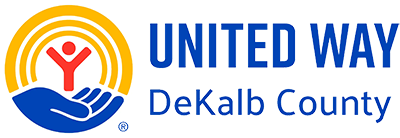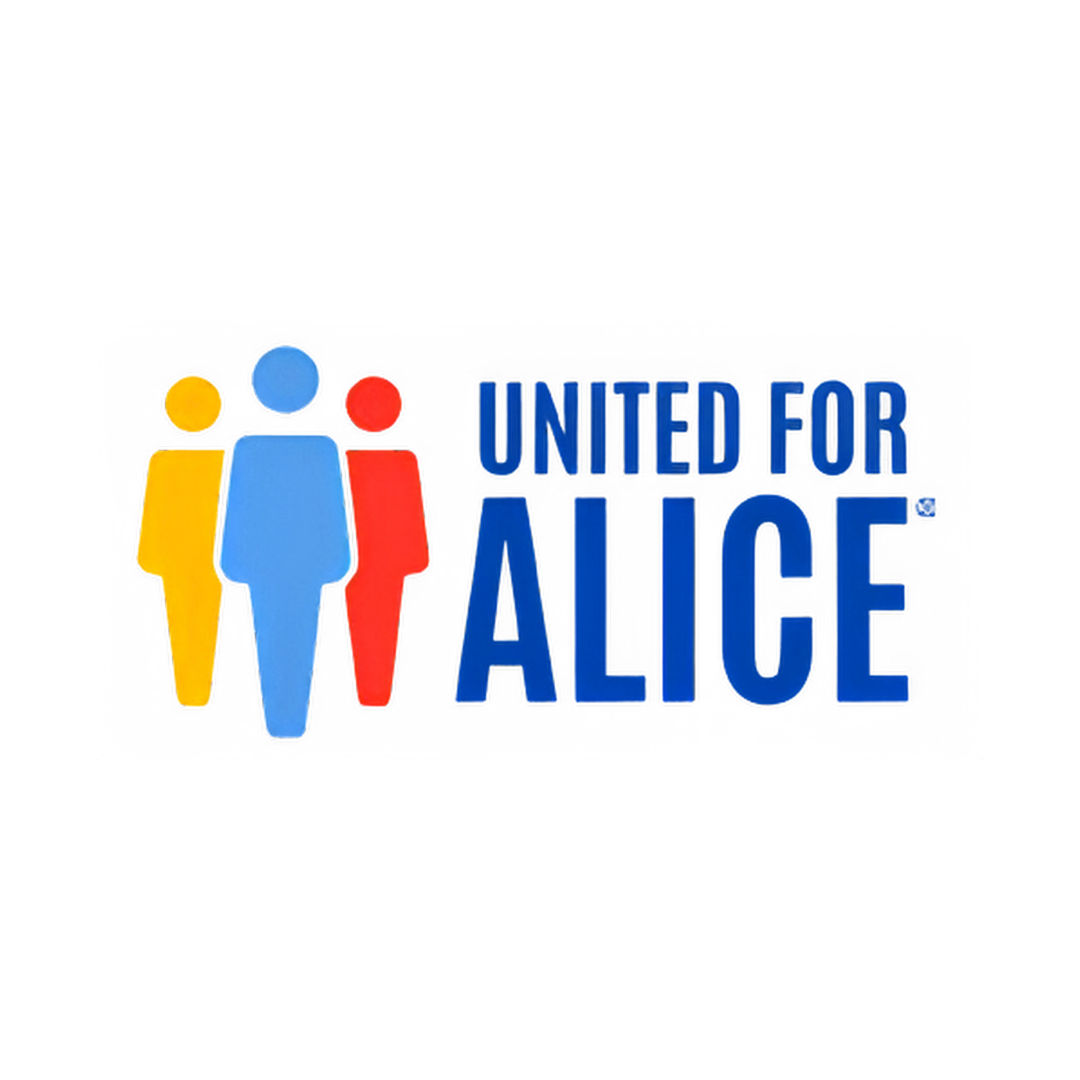
MEET ALICE
Asset Limited, Income Constrained, Employed
Who is ALICE?
ALICE is an acronym for Asset Limited, Income Constrained, Employed, and represents the growing number of families who are unable to afford the basics of housing, child care, food, transportation, health care, and technology. These workers often struggle to keep their own households from financial ruin, while keeping our local communities running; holding jobs that are critical to the success and vitality of our communities. ALICE gets up each day to go to work, but still faces financial barriers-working jobs that offer no health care, vacation, or paid sick leave.
Essential, Working, Struggling
For a growing number of U.S. households, financial stability is nothing more than a pipe dream, no matter how hard they work. These households are ALICE, earning above the Federal Poverty Level yet struggling to afford basic expenses.
ALICE Households:
- Span all races, ages, ethnicities, and abilities, though households of color are disproportionately ALICE.
- Include workers whose wages cannot keep up with the rising cost of goods and services
- Often include those who are working two or more jobs and still cannot pay their bills
- Include family members who need care and assistance, which makes it harder for their caregivers to find adequate work
- Live paycheck to paycheck and are forced to make impossible choices: pay the rent or buy food, receive medical care or pay for child care, pay utility bills or put gas in the car
- Are part of every community nationwide
ALICE may be your relative, friend, colleague, or neighbor, or you might be ALICE. ALICE may also be your health care provider, teacher, retail clerk, sanitation worker, and others. ALICE workers are the backbone of our economy.
ALICE DATA
The driving force behind United For ALICE is the data and metrics. There were 38 millinon ALICE households (29%) nationwide in 2023. Combinded with households below the Federal Poverty Level (FPL), a total of 55 million U.S. households (42%) struggle to make ends meet. When using data to illustrate the pervasiveness of financial hardship in the United States, the following metrics are included:
Household Survival Budget:
- reflects the minimum costs of household necessities (housing, child care, food, transportation, health care, and technology) plus taxes, adjusted for all U.S. counties and various household compositions.
ALICE Threshold of Financial Survival:
- derived from the Household Survival Budget, the minimum average income that a household needs to afford basic costs, calculated for all U.S. counties.
Below ALICE Threshold:
- includes both poverty-level and ALICE households - all households unable to afford the basics.
ALICE Essentials Index:
- a national standardized measure of the change over time in the costs of household basics included in the Household Survival Budget.
Households that fall below the ALICE threshold are forced to make impossible choices-like deciding whether to pay for utilities or a car repair, whether to buy food or fill a prescription.
- 12% of Indiana households were financially insecure
- 26% of Indiana households were ALICE households
- 38% of Indiana households were below ALICE threshold
ALICE in DeKalb County
2023 Point-in-Time Data
- Population: 43,584
- Number of Households: 17,008
- Median Household Income: $70,080
- Labor Force Participation Rate: 66%
- 10% of DeKalb County households were financially insecure
- 27% of DeKalb County households were ALICE households
- 37% of DeKalb County households were below ALICE threshold
The Household Survival Budget reflects the minimum cost to live and work in the current economy and includes housing, child care, food, transportation, health care, technology, and taxes. It does not include savings for emergencies or future goals like college or retirement. In 2023, household costs in every county in Indiana were well above the Federal Poverty Level of $14,580 for a single adult and $30,000 for a family of four.

